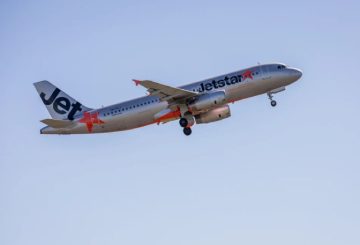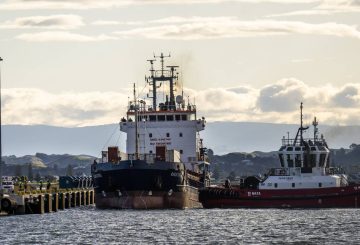ニュージーランドのノースランド州にある学校が、無料給食制度を削減する計画を再考するよう政府に求めています。「カ・オラ、カ・アコ」と呼ばれるこのプログラムは、全国の約1000の学校で毎日約23万人の生徒にサービスを提供しています。政府は来月の予算でこのプログラムの資金を最大 50% 削減することを検討している。デイビッド・シーモア保健副大臣は、このプログラムの有効性と納税者にとっての価値に疑問を呈している。
ファンガレイのティキプンガ高校は、削減の可能性を懸念している学校の1つです。校長のエマ・レイランドは、無料のランチのおかげで生徒の出席率と行動が大幅に改善されたと言います。学校は10年前に健康的な食事を提供し始めましたが、食糧の寄付に頼らざるを得ませんでした。2019年以降、Ka Ora、Ka Akoプログラムにより、学校はすべての生徒に毎日栄養価の高い食事を提供できるようになりました。
昨年の財務省の報告では、給食を受けた学校での成績や出席率が向上したという証拠は見つかりませんでした。しかし、レイランド氏は、このプログラムにより、出席率、学業成績、行動、人間関係の向上など、学校に大きなメリットがもたらされたと述べています。また、このプログラムは、高額な生活費に苦しむ家族を支援し、子どもたちの学校への進学を促したことにも言及しました。
13年生のアーメア・ウォルディング・キングは、多くの子供たちがその日の主な食料源として学校給食に頼っていると言いました。もう一人の13年生、カイアン・バートは、共同食事は学生が自分の仕事を振り返ったり、友達と交流したりする機会にもなると言いました。
Health Coalition Aotearoa事務局長のFaye Langdon(フェイ・ラングドン)氏は、特に貧困の厳しい地域では、無料の昼食によって子どもたちが学校に通い、学業を成し遂げることができると言いました。彼女のグループには26,000人の署名が集まり、このプログラムの維持だけでなく拡大も呼びかけています。
一方、シーモア氏によると、毎日10,000食の昼食が無駄になっているため、このプログラムが学校への出席率や成績を向上させる具体的な証拠はないという。さらに、政府は学校給食プログラムの費用対効果の向上に取り組んでいると付け加えました。シーモアは、今後の予算案で学生と納税者の両方に利益をもたらすプログラムを発表する予定です。
Ka Ora, Ka Akoプログラムは、学生が社会経済的障壁が最も大きく、空腹のまま学校に到着する可能性が最も高い学校を対象としています。ノースランドでは、このプログラムは115校の約18,000人の学生を対象としています。学校は自分で給食を作るか、外部のサプライヤーと契約するかを選択できます。





























































